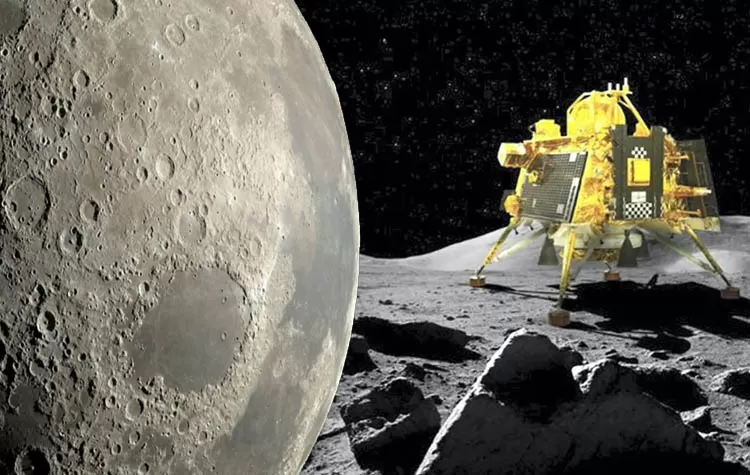
Presence of Ice in Polar Regions on the Moon Indicated
Evidence gathered by Chandrayaan-3 suggests the potential for additional ice below the surface of the moon, especially at its poles. This ice is associated with extreme fluctuations in surface temperatures. Observations of these temperature fluctuations can reveal information about the origin and past development of lunar ice, says Durga Prasad Karanam, a Physical Research Laboratory faculty member in Ahmedabad.
Understanding Lunar Ice Formation
Durga Prasad Karanam clarified that through the study of how ice forms and travels on the lunar surface over time, scientists are able to learn more about early processes in the development of lunar rocks. Scientists used Chandrayaan-3 to record surface temperatures, which came in between 82°C and -170°C.
Ice Formation and Challenges in Utilization
The ice is thought to accumulate in icy regions in cold areas that are shaded from sunlight on slopes. It cannot, however, be turned into useable water because it could end up changing to steam rather than water, Karanam observed.














